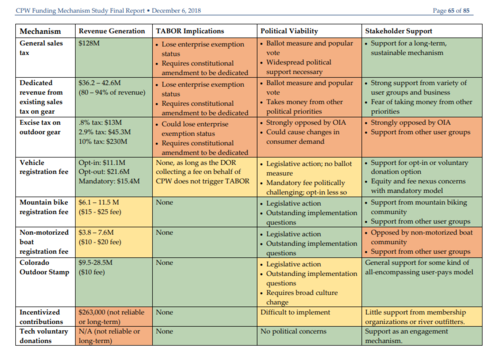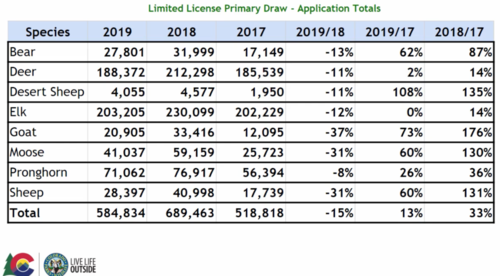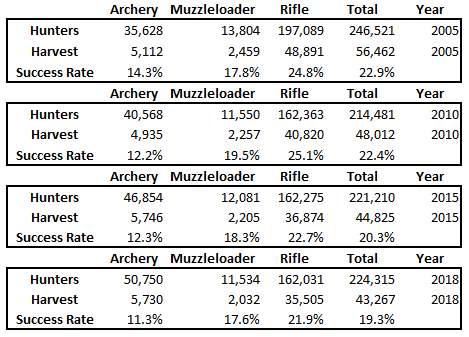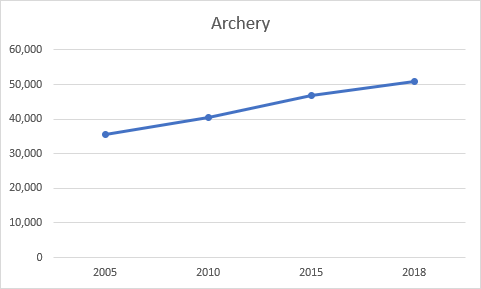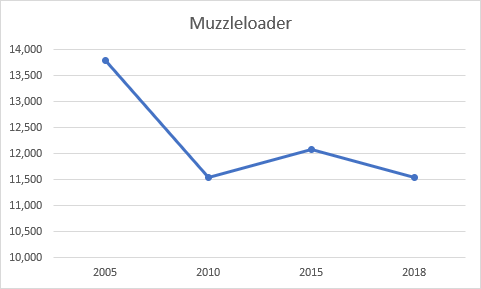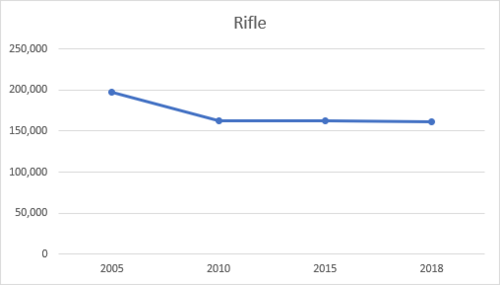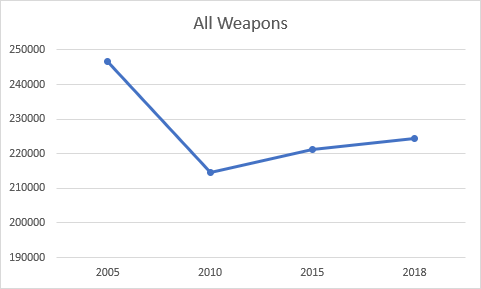Well, this was an interesting exchange, re going full limited archery elk.
Bray: "Alternative 2 would have a bigger fiscal impact, and we don't have those numbers ... I do agree that alternative 2 is more drastic and it would address the crowding a little more, it just would have a larger fiscal impact, it just would because they're limited."
Hasket: "My one concern about that is are we managing the wildlife or looking at the money? I think we're managing the wildlife and looking at the dollars last."
Bray: "Alternative 2 would have a bigger fiscal impact, and we don't have those numbers ... I do agree that alternative 2 is more drastic and it would address the crowding a little more, it just would have a larger fiscal impact, it just would because they're limited."
Hasket: "My one concern about that is are we managing the wildlife or looking at the money? I think we're managing the wildlife and looking at the dollars last."




